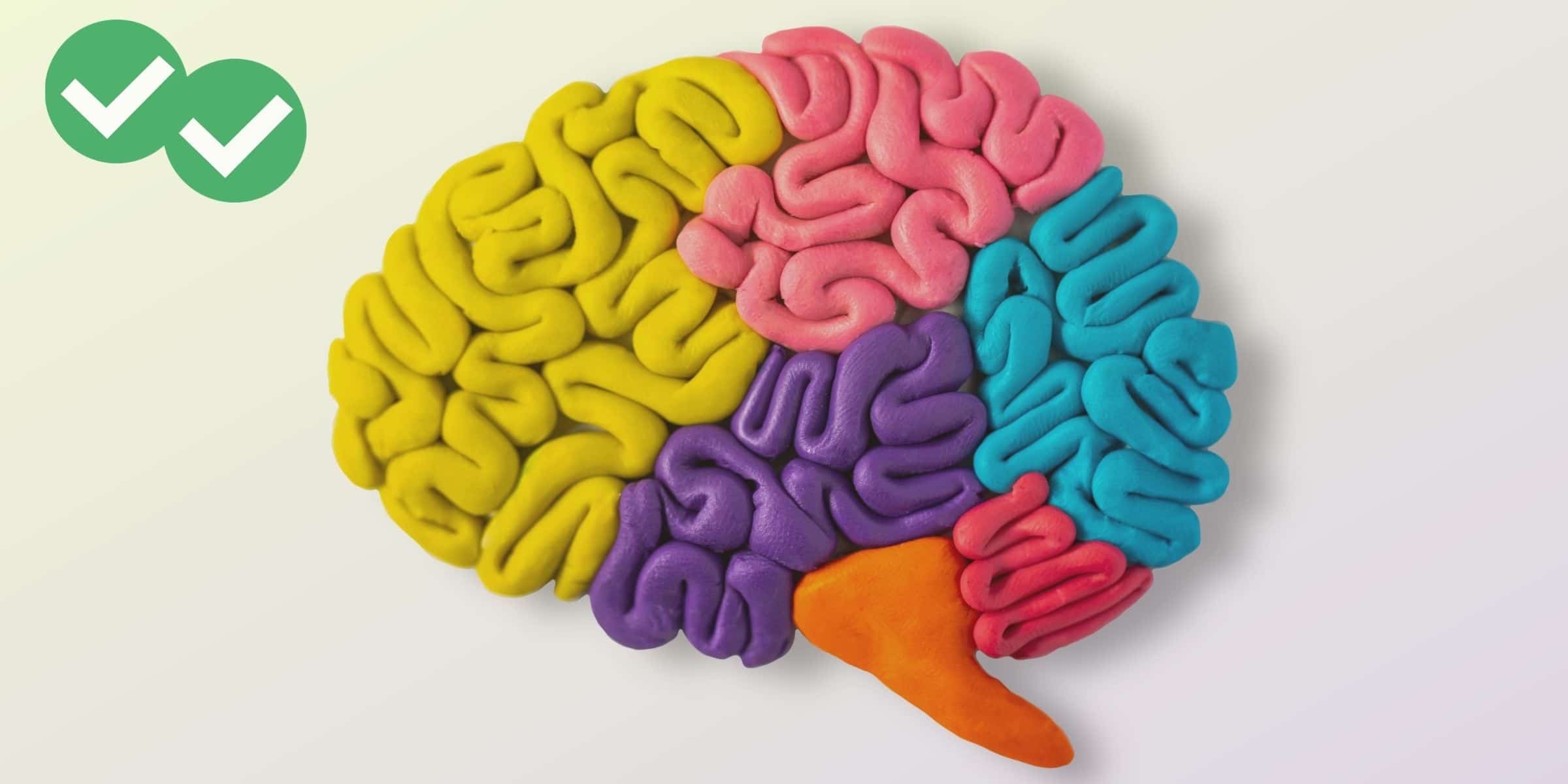Welcome to the first installment of a 7 post series on what the TOEFL really measures. Use the links below to navigate to the other posts in the series. Enjoy!
- TOEFL Reading Practice: New Information and Inferences
- TOEFL Reading Practice: Adding New Information to What You’ve Read
- Everyday TOEFL Listening Practice
- Academic TOEFL Listening Practice
- Practicing TOEFL Speaking Skills
- Practicing TOEFL Writing Skills
Magoosh has many good articles on TOEFL scoring. To help you get the best possible score, Magoosh also has a lot of great tips for TOEFL specific grammar, vocabulary, and strategies. These are useful resources. But it’s important to remember that the skills the TOEFL score measures are general academic skills. These abilities are much bigger than any given strategy, vocabulary list, or grammar rule. So what are these higher learning skills, and how does the TOEFL measure them?
One skill the TOEFL measures is the ability to understand new information. This is measured in Reading Section questions such as “According to paragraph 1, which of the following is true about petroleum formation?” (Taken from Official TOEFL iBT tests.) Of course, the TOEFL measures the ability to understand new information above and below the paragraph level. You will be asked to identify the meanings of words and sentences. You will also need to identify the meaning or purpose of entire reading passages, lectures and conversations.
Inference—the ability to understand the deeper unstated meaning of language— is measured in the TOEFL as well. As Kate has explained, the Reading Section includes questions that start with the words “Which of the following can be inferred….” Here, you will need to identify unstated information that appears to be true, based on the passage. There is a special focus on opinion inference in the Listening, Speaking, and Writing Sections. These sections test your ability to understand a speaker’s opinion or identify disagreements a lecturer has with a reading.
Furthermore, the TOEFL measures the skill of adding new information to existing information. This is seen in the Reading Section’s “reading to learn” tasks. In these tasks, you’ll add extra sentences to a reading and summarize a reading in an outline. The integrated tasks in the Listening, Speaking and Writing Sections measure this ability too. In this case, you’re asked to make new connections between separate readings and recordings.
Finally, TOEFL Speaking and Writing measures your ability to create completely new information in English. The first Speaking Section task asks you to create original information by giving a personal opinion. Finally, the second Writing Task asks you to give your opinion on a specific matter and support it with your own evidence.
In short, the TOEFL score is a measure of your ability to handle new information in English. In your second language, you will need to understand new information, make inferences based on new information, add to new information, and create completely original new information.
These “new information” skills are bigger than the TOEFL. You already use these skills in your first language. You will use these new-information skills in English before, during, and especially after the TOEFL. Your new college or university will be a place of learning, and learning depends on new information. Each section of the TOEFL measures the way you handle new information in its own unique way. In the next few posts I will discuss ways to practice for each TOEFL section while also practicing the general skills each section measures.






Leave a Reply